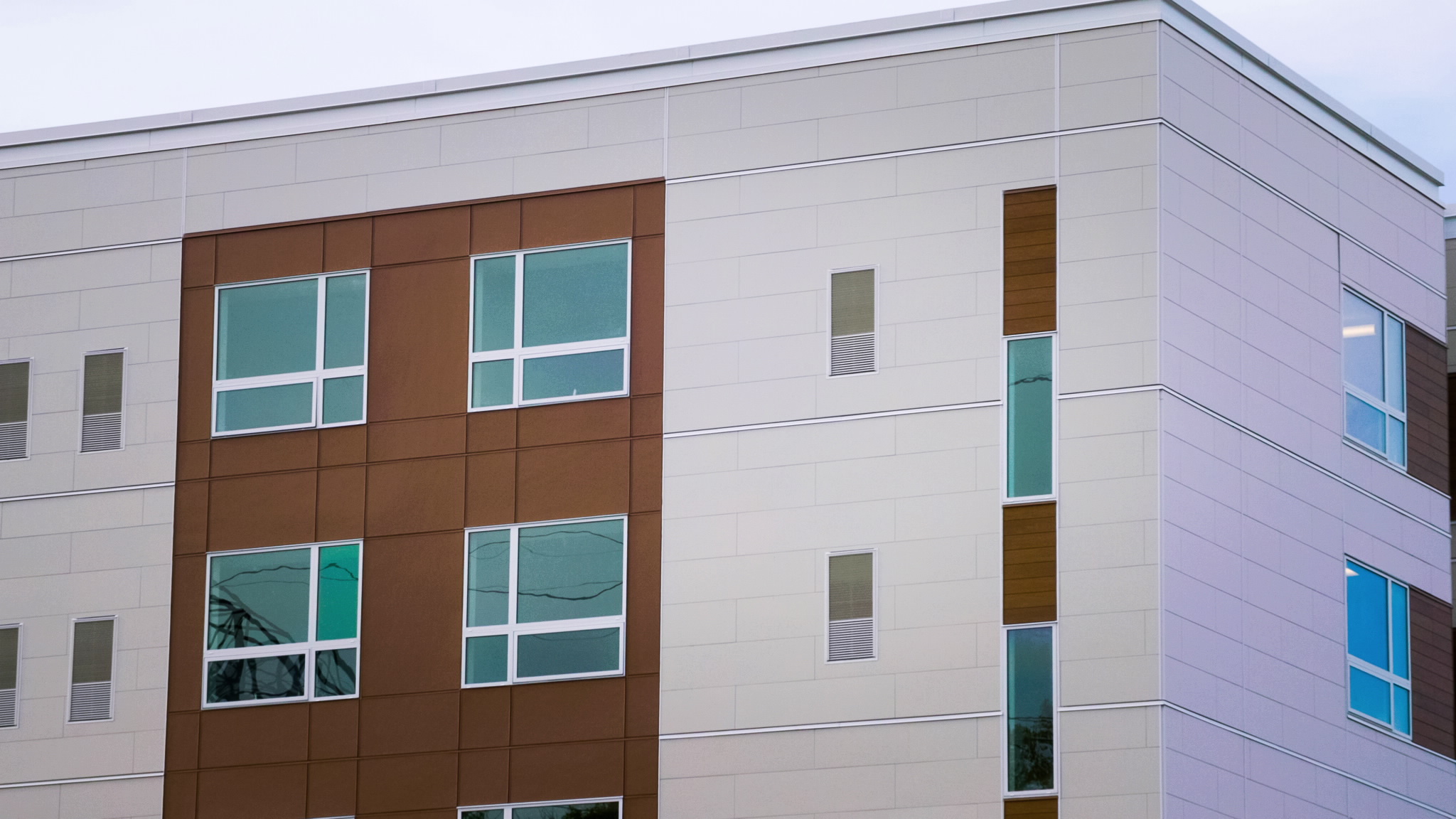Communities Impacted by Housing Problems Dashboard
What does the data tell us?
What Does the Data Tell Us?
Black households and households with the lowest incomes experience the highest rates of housing problems in Minnesota. In 2023, roughly half (51%) of Black households were overcrowded, cost burdened or lived in a home that lacked a kitchen or plumbing. More than half (60%) of households with very-low incomes (30-50% of statewide median income) and three-quarters (77%) of households with extremely low incomes (less than 30% of statewide median income) experienced these housing problems in 2023.
Why does it matter?
Why Does It Matter?
Our 2024-2027 Strategic Plan recognizes that some communities of shared identities, experience or geographies disproportionally face housing instability and experience disparities in housing outcomes. These include people of color, people with disabilities and people with low incomes. These communities are a priority because the current market is not working for them, and they experience barriers in accessing and navigating affordable housing. Communities with high rates of housing problems are those for whom the current housing market does not meet their needs.
What is measured?
What is Measured?
This metric captures the estimated share of households that experience at least one of the following housing problems: (1) being cost-burdened (pay more than 30% of their income on housing costs), (2) being overcrowded (more than one person in the household per room), or (3) lacking a kitchen or plumbing. All race and ethnicity categories are mutually exclusive (e.g. Black households are non-Latino). Income levels are based on a household’s income as a percentage of the statewide median income as published by HUD. Statewide median incomes are calculated based on household size. Data from 5-year iPUMS sample of the American Community Survey (ACS).
For context, 50% of the statewide median income in Minnesota in 2023 (the most recent data in the dashboard) was:
- $38,550 for a one-person household
- $44,050 for a two-person household
- $49,550 for a three-person household
- $55,050 for a four-person household
